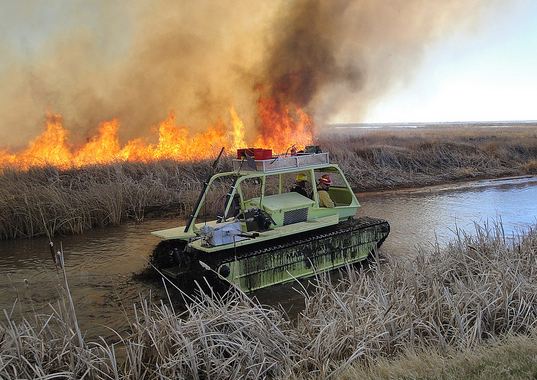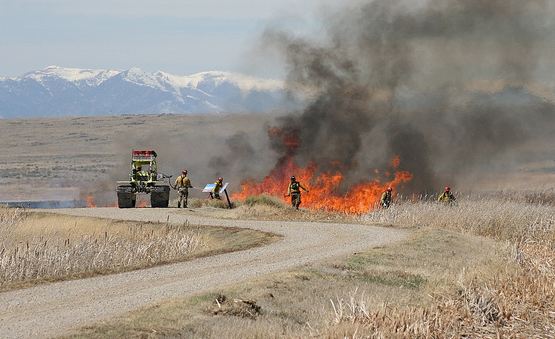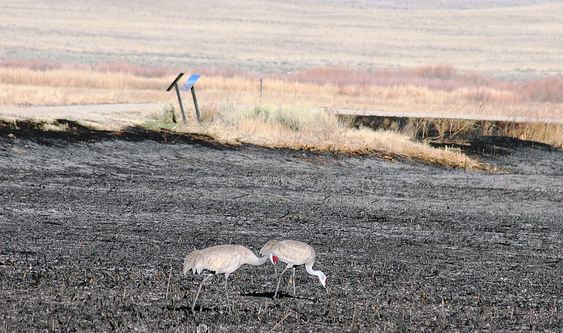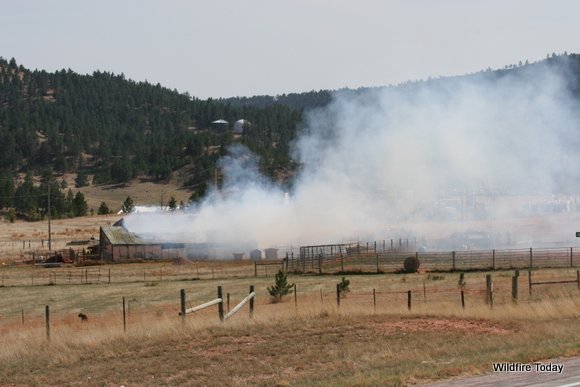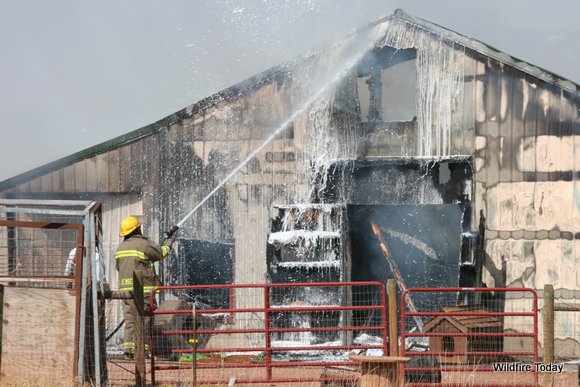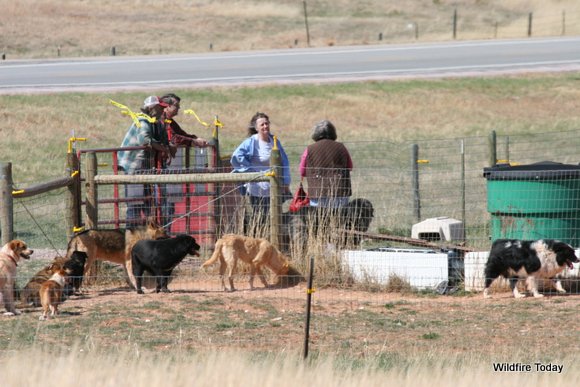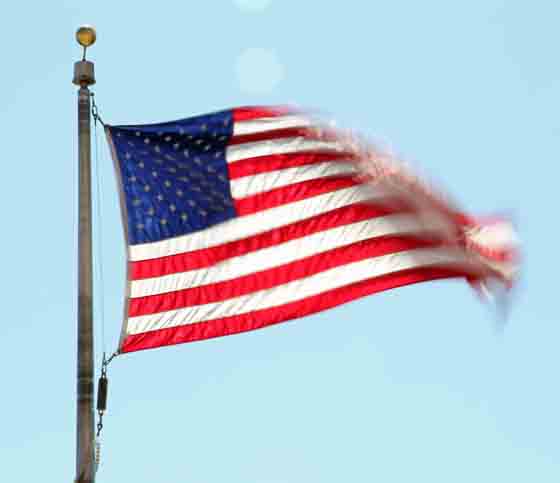Wildfire Today has learned that the RAND Corporation intends to release the air tanker study they performed for the U.S. Forest Service. The USFS has refused to release the $840,000 study even after receiving a Freedom of Information Act Request, saying “…the report is proprietary and confidential Rand business information and must be withheld in entirety under FOIA Exemption 4″. Their refusal letter went on to say: “The data, analysis, and conclusion in this report are not accurate or complete.” The USFS letter also said they wanted “to protect against public confusion that might result from premature disclosure.”
The RAND Corporation has a different view, and told us that they have no problem releasing the report after they complete a quality assurance review in late May. They would have released it sooner, but there was uncertainty as to whether the USFS would ask them for additional analysis.
This was the fifth study on air tankers since 1996. A sixth one will begin in a few weeks.
Here is the timeline since October, 2009 for the air tanker Analysis Paralysis:
- October, 2009:The USFS awards contract for air tanker study to the RAND Corporation.
- August, 2010: RAND completes the study (according to the RAND Corporation). USFS decides they need additional analyses “in order to add details to RAND’s analytic model that were not originally requested”, (according to RAND)
- May, 2011: RAND completed the additional analyses and briefed the results to USFS officials. Afterwards the USFS said even more analysis is needed in order to to re-examine the modeling assumptions RAND and the Forest Service had previously agreed to make.
- August, 2011: The USFS announced that they intended to award a second contract, a non-competitive contract, to the Rand Corporation for an additional analysis of the air tanker issue.
- August, 2011; two weeks after the previous announcement, the USFS canceled the solicitation, “due to the responses received expressing interest in this procurement”.
- February, 2012: USFS advised RAND that no additional analysis would be requested.
- March, 2012; USFS posts a solicitation for an analysis, titled “Firefighting Aircraft Study”. Responses to the solicitation due by April 20, 2012. After the contract is awarded, the report will be due near the end of 2012.
- Late May, 2012: projected date for RAND to complete a quality assurance review of the final report in order to proceed with publication and the release of the document.
Below is RAND’s view of the history of the report, which they provided to us a few days ago:
=========================================================
“March 29, 2012
Comment on U.S. Forest Service study
In October 2009, the RAND Corporation competed for and was awarded a U.S. Forest Service contract to determine the number and mix of large aircraft the service requires to support U.S. wildland fire suppression. RAND completed the work in August 2010. The Forest Service and RAND agreed at that time that additional analyses were warranted in order to add details to RAND’s analytic model that were not originally requested.
RAND completed these additional analyses and briefed the results to Forest Service officials in May 2011. Afterwards, the Forest Service suggested that further analyses might be requested – not because RAND had failed to complete the planned analyses correctly, but because of a desire to re-examine the modeling assumptions RAND and the Forest Service had previously agreed to make. RAND and the Forest Service discussed the possibility of such analysis, but in February 2012 RAND was advised by the Forest Service that no additional analyses would be requested. At that time, RAND initiated a quality assurance review of the proposed final report in order to proceed with publication. We expect to release that publication by the end of May 2012.
Contrary to suggestions that may have appeared in online or other reporting, RAND does not consider its reports or briefings on this work to be proprietary or business-sensitive information. RAND distributes and disseminates its reports following completion of analysis and a thorough quality assurance review. Dissemination of the Forest Service report in question was delayed because of uncertainty as to whether the scope of the work would be expanded for additional analyses.
Andrew Morral,
Director of the RAND Homeland Security and Defense Center
The RAND Corporation”
